How to cover your neighborhood in murals
Creators behind neighborhood mural projects in Brooklyn and Queens talk about what it takes to beautify your NYC neighborhood.

By Tim Donnelly
For all the explosion of surf punk color that has bloomed across the Rockaways in the past decade, locals say the peninsula can still tend to be kind of drab. There are dumpy low-slung storage facilities, brutalist highway barriers and, in this case, an often-unkempt underpass below the elevated A train that stretches into an occasionally spooky tunnel dividing much of the peninsula in half.
Bobby Carnevale stared at one of those dull walls near his house earlier this year and had a dream: instead of a graffiti-covered concrete barrier next to a highway, he envisioned an artist painting a nature scene while his daughter played in the grass nearby, overlooking the bay, the Manhattan skyline glittering the distance.
“There are multiple spots all along the bayside, all underneath the train line, that are all just kinda broken down and gray,” said Carnevale, who moved full time to the area during the pandemic and recently bought a house that he's excited to watch his daughter grow up in. “It would be really nice to have some beautiful art there.”
So Carnevale called in a few favors, contacted some artists and began scouring the neighborhood for walls he could paint on. Last weekend, he kicked off the first Rockaway Mural Project by bringing in four artists to each paint murals on two pieces of property. It's a locally grown beautification effort he plans to turn into an annual event — and hopes inspires more artists to take over some of the neighborhood’s other drab spaces.
This effort taught him a lot about what it takes to beautify your neighborhood, including why it’s easier to work with private property owners and what it takes to convince some old timers that murals are, in fact, not the same thing as haphazard graffiti tags. If you ever were curious about what it takes to muralize your own corner of the city, we talked to Carnevale and some other mural experts for their tips.
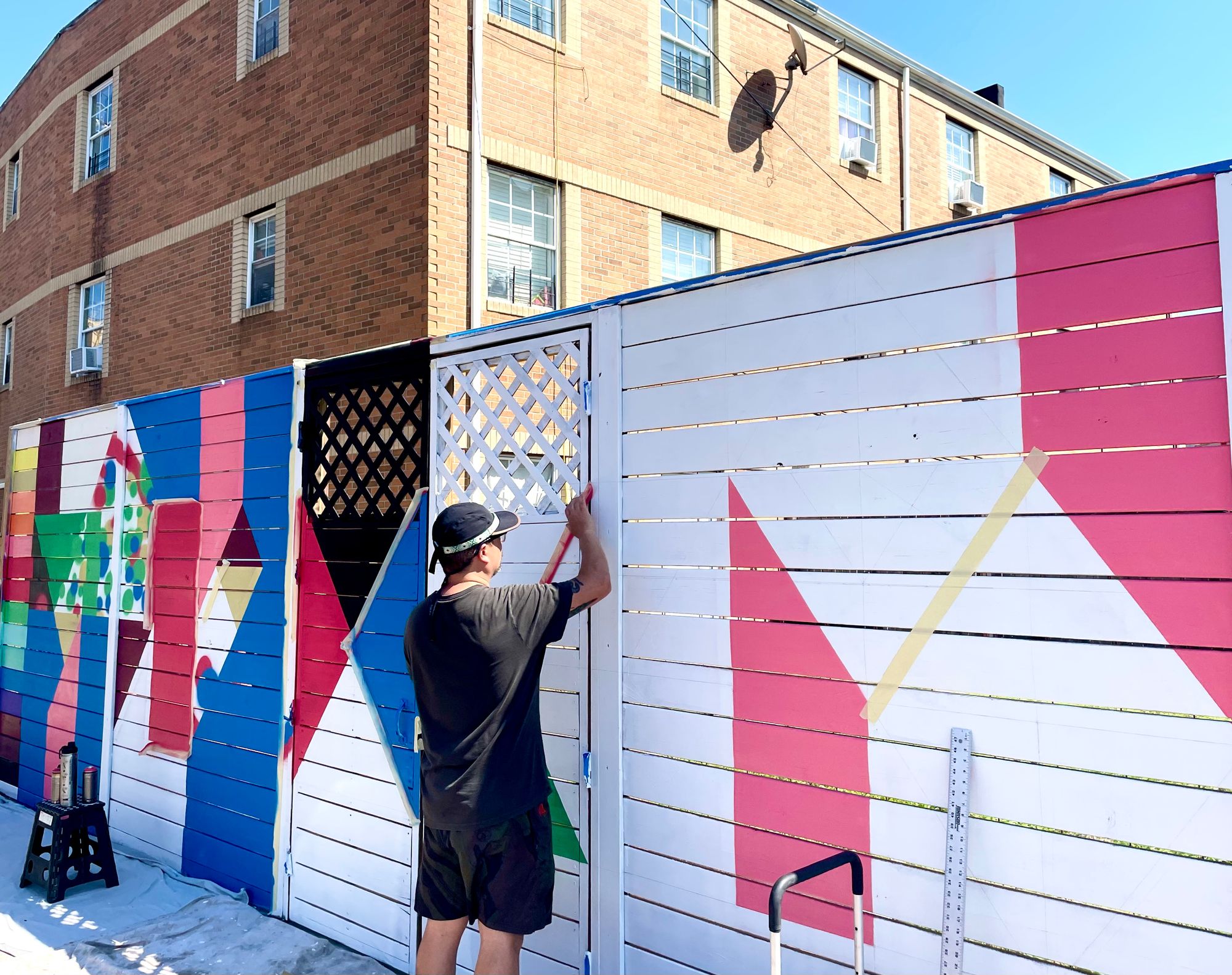
Start small, and private
The dream of painting on the highway barrier or under the subway tracks didn’t become a reality, for this year at least. Carnevale made contact with the Department of Transportation and the Department of Parks and Recreation about painting the public space, but governments have to clear a lot of hurdles for projects like this.
“As soon as you go on public property, you’re going to have to get community boards and city councils and all those sorts of things involved,” said Nick Platzer, Carnevale’s high school friend and a professional mural coordinator who agreed to help.
(FYI you can submit your own proposal for a mural in NYC parks here, but the rules might get you down: no permanent murals are accepted, and only a limited number of one-year projects are approved; handball courts are off limits too. The DOT accepts mural proposals here).
“In terms of making it easier in the first rounds, talking directly with property owners is a million times easier,” he said. “They’ll tell you yes or no right away.”
That’s not to say they will never get to paint on public property, it just takes patience. Carnevale spent six months so far trying to get approvals to paint a mural on one of Rockaway's signature curling wave bus stations. The project was actually approved, but Parks didn’t have any funding for it, so it’s on hold for now. But by next year it could become a reality.
“We’re in the mix,” Carnevale said.
Eventually, he wants to take the murals to the walls of the A train underpass — a beautification project that could, he hopes, inspire the city to turn that neglected stretch of road into a greenway.
When Jeff Beler launched Underhill Walls 10 years ago, he also started with an eyesore: a vacant, boarded-up building in Prospect Heights, near the central branch of the Brooklyn Public Library.
“It was a hazard,” he said. “The city put in all these brand-new boards and I basically bugged them until they let me have it.”
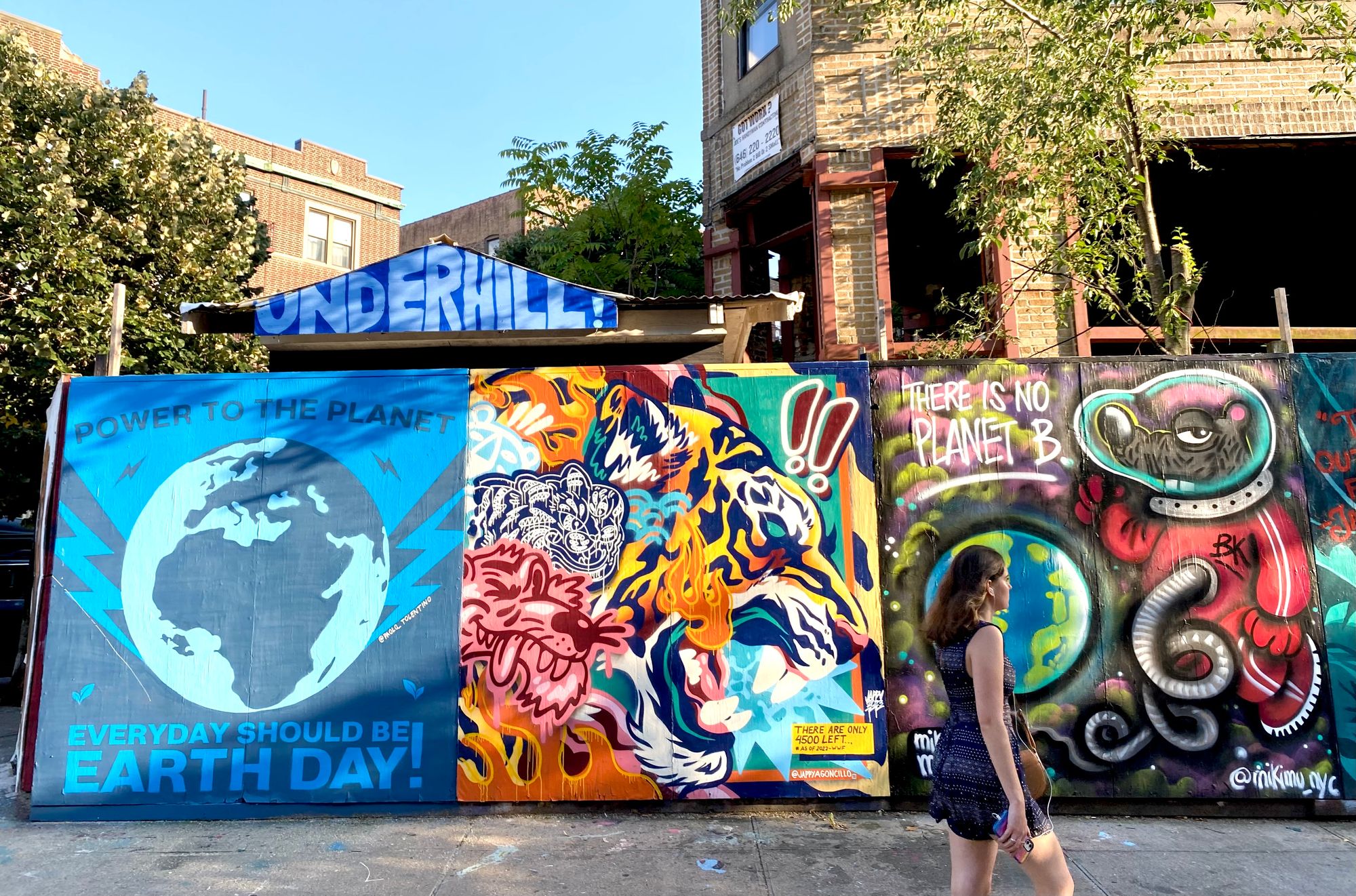
He argued at the time that the panels could at least be art until construction was completed. It took two months of pestering to get the first board painted. Now the project is one of the most famed mural projects in the whole city, with artists lined up in his DMs to participate, according to Beler (and the building construction is still nowhere near finished). Underhill Walls also recently expanded to a longer stretch of walls on an undeveloped lot on Washington Avenue. That project — which stretches 17 panels — took six months from conception to the first paint strokes.
Beler advised aspiring muralists to start small: try getting permission to paint a few panels on the back wall of a community garden, a school or the corner deli.
“Everything kept leading to other things,” he said of his first few mural opportunities in the neighborhood which opened up opportunities to work with community centers and schools (including the gorgeously decorated P.S. 9 up the street).
‘Don’t exclude the neighborhood’
Beautifying your community with art should include one very important thing: your community.
“Don’t exclude the neighborhood,” Beler said. “[Don’t] come in there and say, ‘Here I am, I’m hot shit, and I'm not including who lives there.”
Working through schools, putting flyers up in the coffee shop or talking to local artists are all good places to start, he said.
The Rockaway Mural Project commissioned artists from the peninsula, other parts of the city and out of town to donate their time and work. Organizers found spare rooms in the neighborhood for the out-of-towners, local restaurants to donate meals, and homeowners and other artists to donate painting supplies.
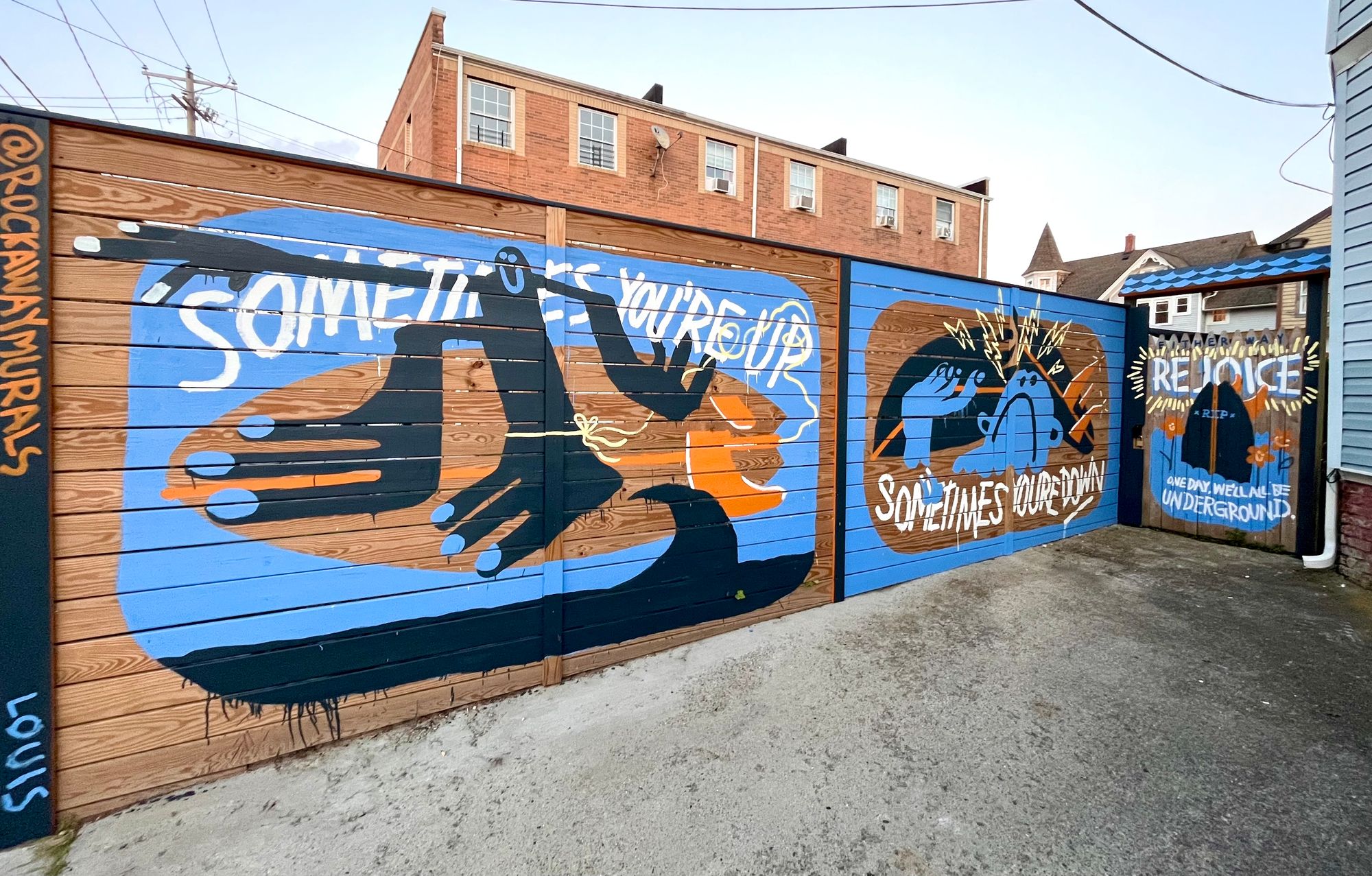
“If you really want to make your community beautiful and bright, just work directly with the community,” Platzer said. “That’s the thing that’s been missing a lot of times these days is the feeling of community. Those are the people who are going to bend over backwards to help us out.”
All that makes the project feel more grounded — and alleviates some concerns that murals are just a cover for developers pushing gentrification.
“A lot of times, it’s a sign of real estate developers trying to maintain their property and develop the neighborhood,” said Mr. Kiji, one of the Rockaway mural artists. “In this case, it’s a grassroots effort by a handful of individuals to try to start having some more murals here. This community is a little underserviced overall. It’s nice to have stuff on the street to look at.”
Convince people that murals aren’t the same thing as vandalism
To start the Rockaway project, organizers approached several private property owners with walls most in need of love. It didn’t go well.
“Some of the early conversations were with some of the older members of the community that have kind of outdated, older perspective on what using murals and spray paint on walls means,” Platzer said.
Some were worried that painting on bare walls would attract more vandalism; others said they keep their walls beige so they can easily paint over graffiti. It might help to mention the research that shows murals actually help deter graffiti. And that there is respect among street artists; graffiti taggers are less likely to deface a mural, especially because the artists are often well-known.
Carnevale pointed to an older mural in the neighborhood across the street from one of the new ones, a half-block-long fence covered in a painting of a bird’s nest, that had been standing for years.
“You don’t see a lot of people messing with it because someone [acknowledged] the talent, and the respect of the artist,” he said. “All the artists we have here are highly respected, so we anticipate it’s going to actually deter people from doing graffiti on this stuff.”
Beler put it more succinctly: “It’s a huge art world but it’s very close knit. If you fuck someone’s art up, there’s gonna be a problem.”
Be ready for expenses, but be wary of sponsors
Paint ain’t cheap and a lot of paint is a lot of ain’t cheap. On Sunday, Mr. Kiji was pulling from a stack of cases of spray paint. One can costs about $8, and the cases at his feet were easily hundreds of dollars in paint, he said. One potential location organizers mapped out would have provided a 4,000 square foot wall and would have required lifts, paint and housing for several artists — at an estimate of $20,000.
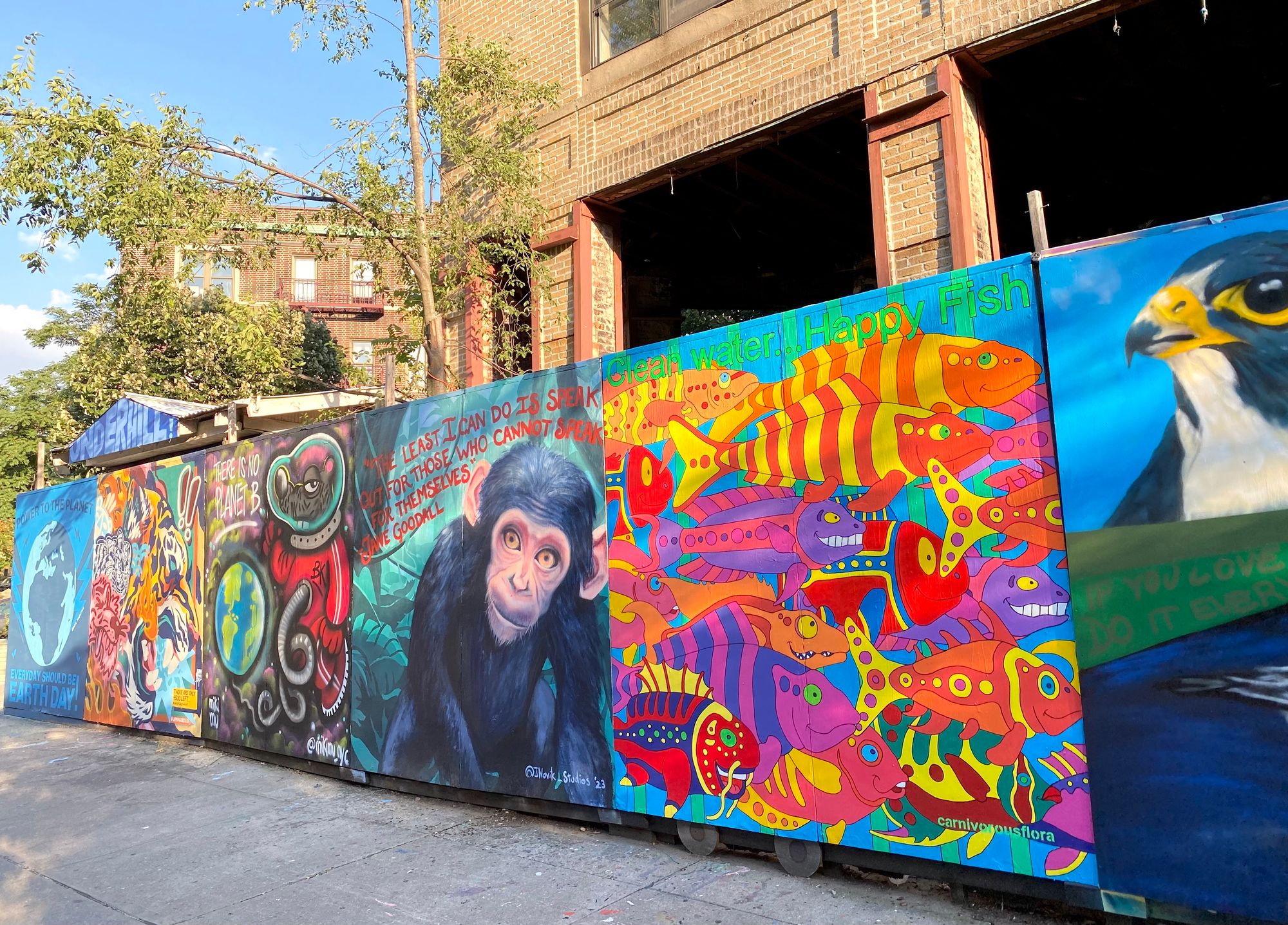
Beler runs Underhill Walls as a non-profit, and relies on volunteers to help complete the projects. He recommended first-timers seek out local hardware stores to donate paint or drop cloths.
“There’s a way to negotiate different things,” he said.
This year, Rockaway Murals relied on small donations but organizers hope to get bigger sponsors in the future. Platzer is wary about too much sponsorship, however — that’s how street art gets turned into ads for HBO shows and Tide, he said.
“It becomes very commercialized very quickly,” he said. “You got to find a healthy balance. If you want to make a really beautiful arts community, the best thing is to just allow the arts to flourish.”
Choose your timing wisely
A heat wave settled over the city last weekend to remind anyone who thought fall was approaching after Labor Day that they were foolish, misguided and in for more punishment. It was great beach weather, but maybe not the ideal time to be embarking on a three-day mural painting project in the sun. That timing also meant that, with down-for-the-day visitors winding down, the Rockaway murals won’t be enjoyed by crowds at their peak freshness. Next year, organizers may opt to do the project in the spring instead.
The ever-changing nature of the murals is kind of the point. Beler switches his out every six months. The owners of a bait and tackle shop, who donated space to the Rockaway Mural Project this year, asked organizers what happens in eight months or so when the murals get destroyed by the elements.
“Then we come back next summer and paint a new mural,” Platzer said. “In the end, it’s just paint.”
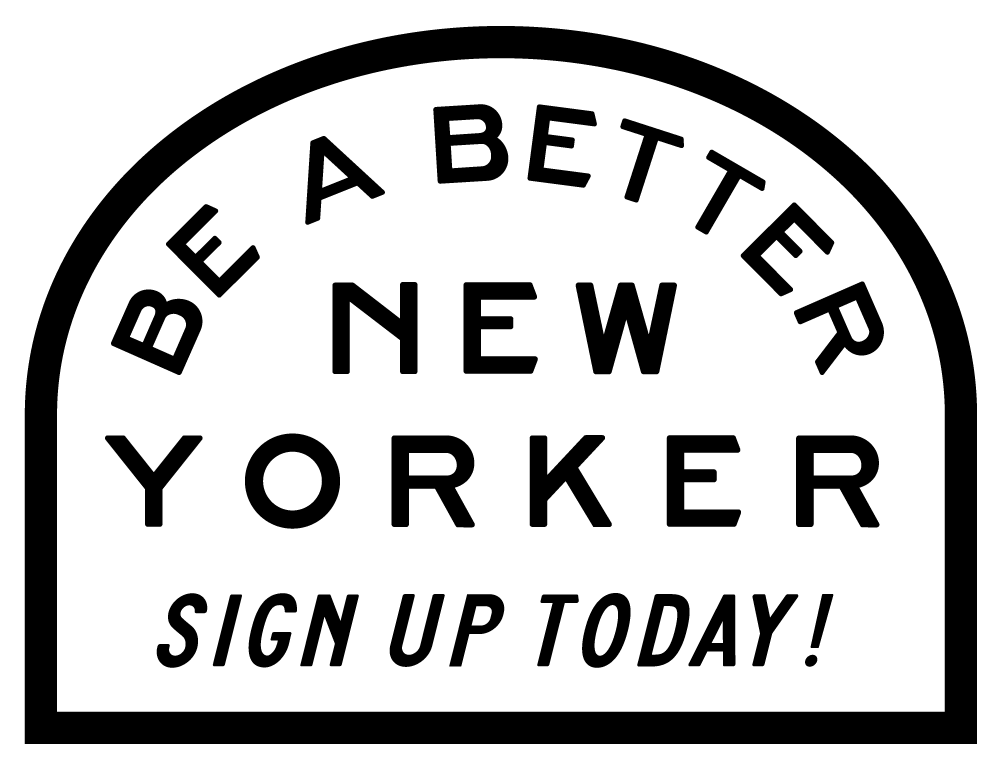

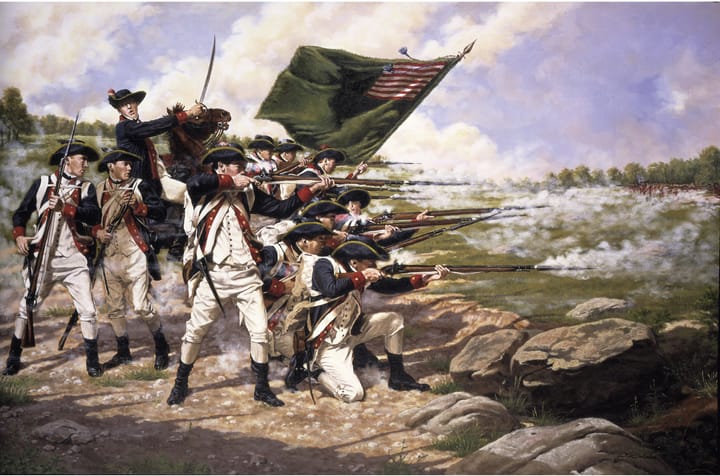

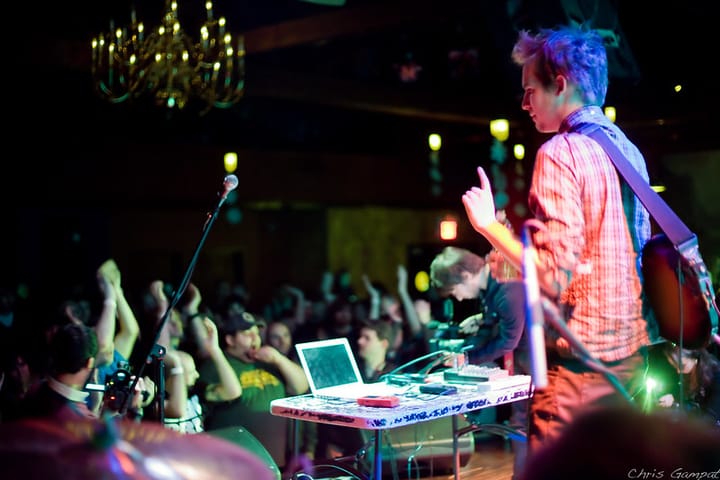
Comments ()